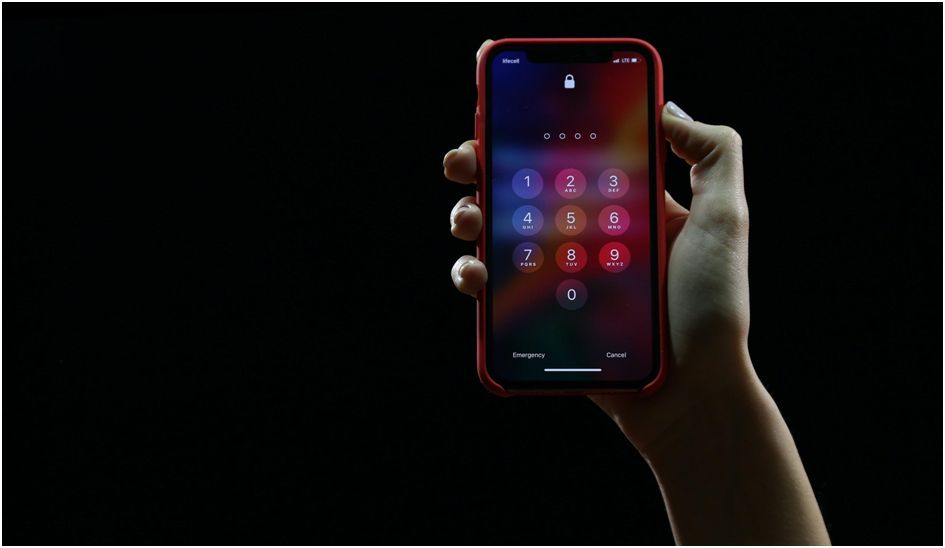
Image source: Unsplash.com
You can find a lot of misinformation online about how Macbooks do not need anti-virus and are more or less immune to cybersecurity threats.
While it is true that macOS has fewer problems compared to Windows or Android, leaving everything to chance and not bothering with proper malware and virus prevention strategy might cost you more than you expect.
If you have been neglecting cybersecurity, it would be about time to set things up. And if you have no idea where to start, the tips below will guide you in the right direction.
Tip #1 – Flush DNS Cache
Security starts with the basics. And if you want to ensure that your browsing history, even if it is temporary, does not get revealed to others, taking care of dns cache is the first step towards improving the overall security from hackers and other threats.
The easiest way to flush dns on mac is by getting a utility software, like CleanMyMac X. But if you are not willing to spend money on it, there are instructions available on the MacPaw website.
Choose whichever method you want and remember that flushing dns cache should be a regular, not a one-time thing.
Tip #2 – Register Standard User Account
A standard user account is what you will see recommended in most cases when using the Macbook. This kind of account is non-admin, meaning that you do not have to worry about questionable applications installing automatically when they require administrative privileges for approval.
The system identifies apps that are untrustworthy, and you get to decide whether to proceed with the installation or not.
Tip #3 – Remove Automatic Login
Default settings are set so that you automatically login in your default profile. This could become an issue if you are using a public Wi-Fi connection, or if someone swipes your computer.
It would be better to disable the automatic login setting. The instructions on how to do that are below:
- Click on the Apple icon and go to System Preferences.
- Select Users & Groups, click on the lock and type your password.
- Choose Login Options. A new window will pop up. You will have to select the Automatic Login and choose “Off.”
- Click on the Name and Password after selecting the “Display login window as” option.
Tip #4 – Install a Reliable Anti-Virus

Image source: Unsplash.com
There are cases when even a fully-fledged security system does not prevent companies from getting their data breached. But since this is a personal Macbook, there is no need to commit so much and invest in a complicated system.
Reliable anti-virus will do the job as long as it is updated and running in the background at all times. You will get alerts whenever there is a potential threat.
Tip #5 – Avoid Shady Websites
The internet is full of all kinds of websites. In general, people tend to avoid certain sites, but you can never be certain where a link from an unknown source will take you.
If you receive messages on social media or emails with questionable URLs, it would be better to ignore them. Random links like that usually point to something fishy, and they are better off left untouched.
Tip #6 – Do Not Click on Unknown Files

Image source: Unsplash.com
Similar to unknown links, files that you attached in emails or sent to you via other means ought to be ignored as well. Unless you are expecting a specific file from a person you know, do not click on unknown files.
Tip #7 – Disable Remote Login
Apple allows you to access your Macbook using devices like the iPhone. While the feature is really great on paper, it can become another channel for hackers to access your information. Thus, if you are looking to go full security mode, disabling the remote login feature is the correct choice.
Tip #8 – Get a Virtual Private Network (especially when public Wi-Fi)
A VPN offers benefits like access to blocked websites and enhanced network. But one of the biggest advantages is how virtual private networks allow users to browse the internet securely and privately.
If you end up using public Wi-Fi, do not risk any of your devices and make sure that you are browsing via a virtual private network.
Tip #9 – Use Firewalls
Mac comes with two built-in firewalls. You have one for Filtering Files and another for applications. Look at what features each of the firewalls offers and adjust the settings according to your needs.
Tip #10 – Create Different Passwords

Image source: Unsplash.com
A number of people like to have the same password for everything that they use. Banks, safes, emails, and various accounts on the internet. This is a bad habit to have.
Imagine if someone finds out your password. The person is able to access most of your profiles. It is much better to have different login information for different occasions. And it would be even better if you change passwords regularly.
Chris Mcdonald has been the lead news writer at complete connection. His passion for helping people in all aspects of online marketing flows through in the expert industry coverage he provides. Chris is also an author of tech blog Area19delegate. He likes spending his time with family, studying martial arts and plucking fat bass guitar strings.